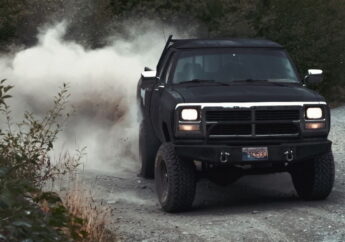The Evolution Of The USA Trucking Company Landscape
by Barsha Bhattacharya Automotive 06 October 2023
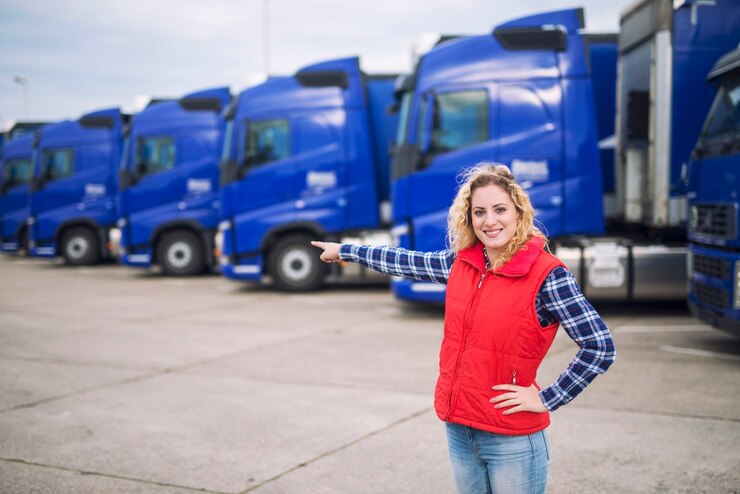
The US trucking company landscape has witnessed tremendous change over the decades. This post explores the industry’s history, significant advancements, and the challenges it faces today. Once dominated by railroads and horses, the trucking sector has since transformed, becoming an economic powerhouse. Today, it’s easier to imagine a world with an intricate web of trucking routes crisscrossing the country, delivering goods to every conceivable location.
The Beginnings Of The USA Trucking Industry
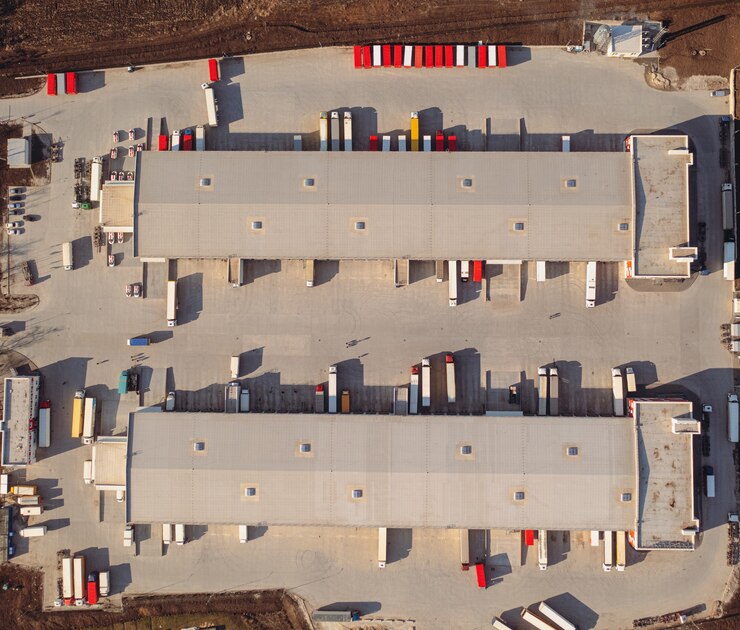
In the early 20th Century, the concept of trucking was novel. Most goods were transported via railways, with trucks playing a minimal role. The vast railway networks were the primary channels of distribution. However, they had their limitations, unable to reach certain remote locations or offer doorstep deliveries.
Birth of Trucking Companies: The first trucking companies emerged to bridge the gaps that railways couldn’t reach. These pioneers recognized the need for more flexible transportation, able to cater to specific demands and navigate through areas inaccessible to trains. As these businesses took root, they brought about a paradigm shift in the logistics sector, gradually shifting dependence on railways.
How to Implement: Early trucks were basic, lacking the power and efficiency of today’s vehicles. To thrive, companies had to optimize routes and ensure timely deliveries. Innovation was at the heart of these endeavors, with businesses constantly seeking ways to enhance their services through route optimization or truck modifications.
Growth & Expansion: Trucking gained momentum with the advent of better roads and interstate systems. The government’s focus on infrastructure development further boosted the industry, providing a robust network of highways and roads.
How to Implement: Investment in durable trucks and focusing on areas unserved by railways were crucial for early businesses. Companies expanded their reach, hiring more drivers and procuring larger fleets. This period saw the emergence of trucking moguls, businesses that began amassing significant influence in the logistics landscape.
Key Developments In The 20th Century
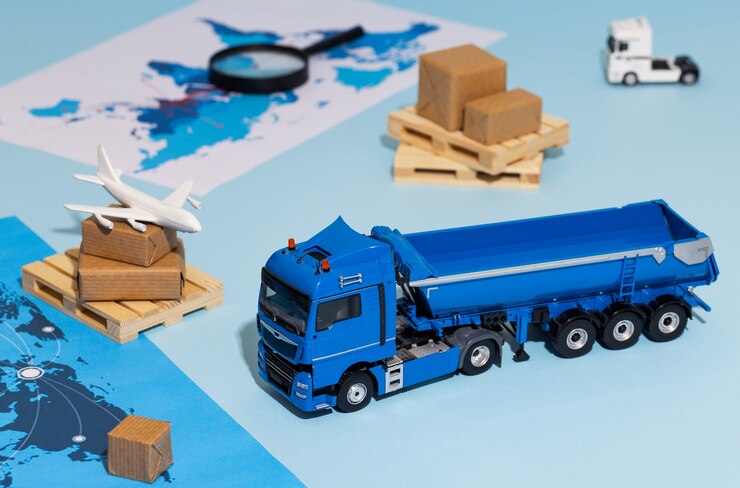
The mid to late 20th Century served as a transformative phase for the American trucking landscape. Brimming with innovation, adaptation, and challenges, this period undeniably shaped the industry into its modern form.
Deregulation Era: The 1980s introduced significant deregulation to the trucking domain, a turning point that many industry experts cite as pivotal. Before this era, the trucking industry was bound by tight governmental controls, which stifled the entry of newer players and limited competition. Deregulation changed this. With barriers lowered, the market saw an influx of smaller companies, bringing entrepreneurial energy. This period was characterized by the mushrooming of trucking businesses, each vying for its share of the burgeoning market.
Under the new rules, businesses were not just competing on service but on price as well. The landscape shifted from a static, predictable model to a dynamic one driven by market forces. Competitive pricing, enhanced service offerings, and customer-centric approaches became the order of the day.
How to Implement: For newly emerging businesses, navigating this reshaped terrain requires strategy and innovation. Differentiating services became vital. Companies that could offer unique value propositions, whether faster delivery times, specialized logistics solutions, or enhanced customer service, found themselves at an advantage. Building and nurturing customer relationships became critical. In an industry that was becoming increasingly commoditized, trust and reliability emerged as key differentiators.
Growth of Global Trade: With the signing of international trade pacts, particularly NAFTA, the trucking industry was at the forefront of globalization. No longer were trucking companies restricted to domestic operations. The world became their playground, and with it came the intricate dance of international logistics.
This globalization wave wasn’t just about bigger markets; it was about navigating the complexities of cross-border trade, understanding diverse regulatory environments, and meeting the varied demands of international clients.
How to Implement: The mantra for success in this era was adaptability. Trucking companies had to be nimble, adjusting to the ever-changing international trade landscape. Investing in larger fleets capable of long-haul international journeys, understanding and adhering to international trade and transportation regulations, and building partnerships with foreign logistics providers were all essential strategies.
The Role Of Technological Advancements
The technological innovations of the late 20th and early 21st centuries have left few industries untouched, and trucking is no exception. The digital revolution brought tools that have fundamentally altered how the industry operates.
Telematics & GPS: The emergence of telematics and advanced GPS systems offered companies granular insights into their operations. It wasn’t just about tracking trucks but understanding routes, optimizing fuel consumption, predicting maintenance needs, and ensuring timely deliveries.
How to Implement: Trucking companies’ onus was on integrating these technologies seamlessly into their operations. This wasn’t merely about installing GPS devices on trucks but training drivers to use them effectively and setting up backend systems to analyze and act on the data generated.
Automated Driving & AI: The talk of the town in recent years has been automation. Companies like Tesla, with their advancements in self-driving technology, hint at a future where trucks drive themselves.
How to Implement: While full-scale automation remains on the horizon, companies must be proactive. This means staying abreast of technological advancements, investing in pilot programs to test these technologies, and ensuring they meet safety and regulatory standards.
Modern Challenges And The Future Of Trucking
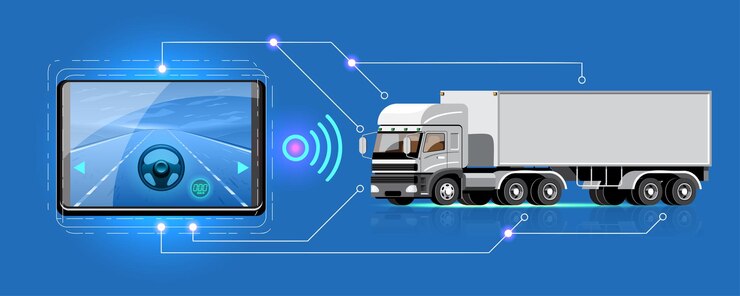
Every growth phase comes with challenges, and the trucking industry, despite its advancements, grapples with a few.
Environmental Concerns: As the clarion call for sustainability grows louder, industries face pressure to green their operations, and trucking is no exception.
How to Implement: The path forward is clear – transition towards more sustainable operations. Whether investing in electric trucks, exploring alternative fuels, or optimizing routes to reduce carbon footprints, trucking companies must prioritize sustainability.
Workforce Shortages: The trucking paradox is evident: while demand for logistics solutions grows, the industry faces a shortage of skilled drivers.
How to Implement: Addressing this requires a multi-pronged approach. Competitive compensation packages, opportunities for career advancement, training and upskilling programs, and partnerships with educational institutions can help bridge the talent gap.
As we reflect on the journey of the American trucking industry, it’s clear that its story is one of continual evolution, shaped by economic forces, technological advancements, and the indomitable human spirit.
Conclusion
The journey of the USA trucking industry is a testament to innovation, resilience, and adaptability. The industry’s evolution is awe-inspiring, from rudimentary vehicles navigating challenging terrains to sophisticated trucks powered by AI. As we look to the future, it’s evident that technology and sustainability will play pivotal roles in shaping its trajectory, presenting challenges and opportunities equally.
Read More:


































































































